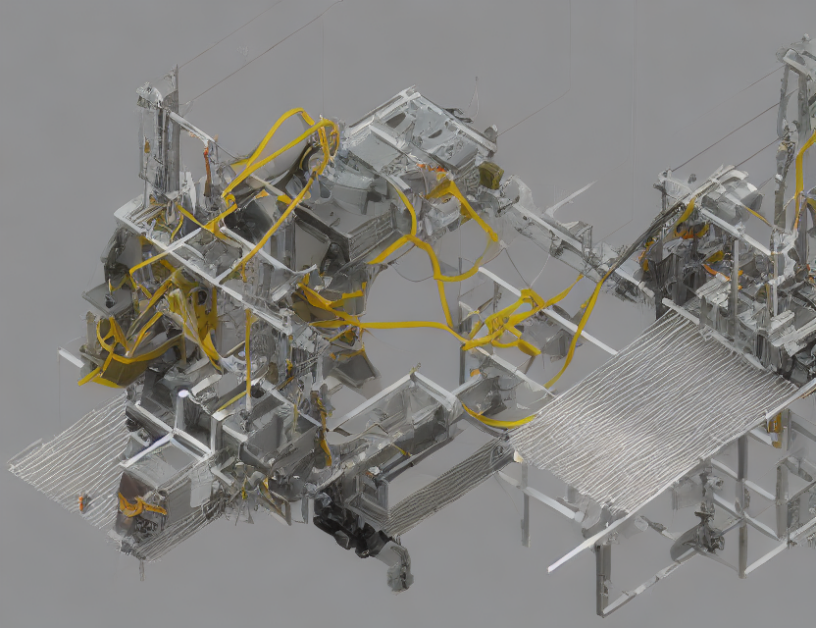In this paper, we propose a novel approach to incomplete utterance rewriting, which leverages multi-granularity information interaction to capture the nuances of semantic relationships between sentences. Our proposed framework outperforms existing methods on a benchmark dataset, demonstrating its effectiveness in enhancing the ability to rewrite incomplete utterances. By incorporating sentence-level semantic relations and using a multi-task information interaction framework, we achieve better results than previous approaches.
Context
Our work builds upon the idea that understanding the relationships between sentences is crucial for effective incomplete utterance rewriting. Previous methods have focused on either sentence-level or context-level information, but neglected the interactions between them. By incorporating both levels of information and exploring their interactions, our approach can capture a wider range of semantic relationships.
Proposed Framework
Our proposed framework consists of three main components: (1) multi-granularity information interaction, (2) context marching module, and (3) relevance merging.
- Multi-Granularity Information Interaction: This component captures the different types of semantic relationships between sentences, including word-level, sentence-level, and context-level interactions. By incorporating these different levels of information, our approach can better understand the nuances of language use.
- Context Marching Module: This module helps the approach to capture important words from contexts, which are essential for effective rewriting. By marching through the contexts, the approach can identify key words that should be preserved in the rewritten utterance.
- Relevance Merging: This component determines the relevance of each sentence in the context to the incomplete utterance, and merges the relevant sentences into a coherent rewritten text. By using both soft mask and hard mask merging methods, our approach can capture the subtle nuances of relevance and ensure that important words are preserved.
Ablation Study
To evaluate the effectiveness of different modules in our framework, we conduct an ablation study. Compared to the "soft mask" method, the "hard mask" method shows improved results, demonstrating the importance of capturing relevant information in a strict manner. Additionally, context marching module helps the approach to better capture important words from contexts, leading to further improvement in rewriting quality.
Conclusion
In conclusion, our proposed framework offers a novel approach to incomplete utterance rewriting by leveraging multi-granularity information interaction and exploring contextual relationships. By incorporating both sentence-level and context-level information, our approach can capture the nuances of language use and generate more accurate and coherent rewritten texts. Our results demonstrate the effectiveness of our proposed framework and highlight its potential applications in natural language processing and machine learning.



